―
Iranian protests against compulsory hijab
―
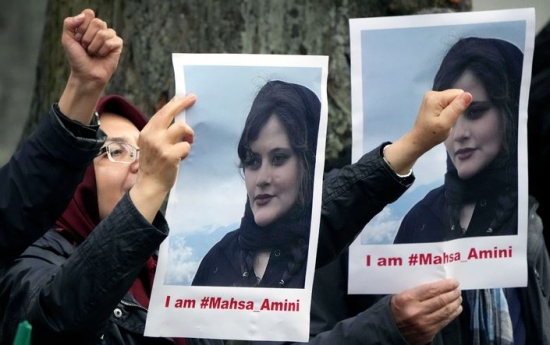
(Photo: AP)
The death of a 22-year-old woman in Iran on September 16 has stirred ripples around the world. The woman, named Mahsa Amini, was taken into custody by the police for "not wearing her hijab properly" and died three days later.
Police claim the cause of her death was a heart attack. However, the anger of the Iranian people, who do not believe this story, has escalated into anti-government protests that are spreading throughout Iran.
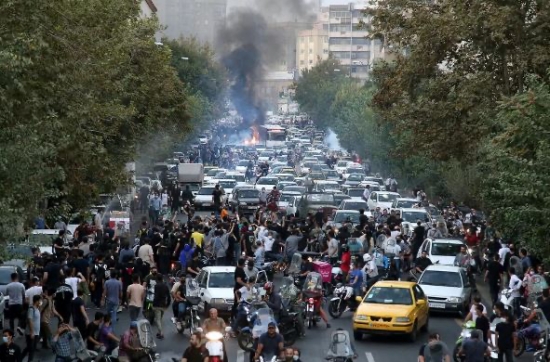
(Protests in Tehran, Iran. Photo: AP)
This protest is different from previous protests in Iran in both scale and nature. Amini was from Iran’s ethnic minority Khud, but the protest is not just for the Khud.
From the capital Tehran to the conservative traditional town Mashadna Qom, from the wealthy to market merchants and workers, locals, classes, and peoples of all walks of life are joining the protests, and many countries are sympathizing with them.
Protests in conservative areas are virtually unknown. It is also noteworthy that not just women but also men are participating in protesting violence against women.
Demonstrators are not just protesting police violence against women, but against the Iranian regime. Some protesters are seen destroying posters of the nation's top leader, chanting "Women, Life, Freedom" and even "Death to the dictator."
According to New York Times, after hardline Ebrahim Raisi became president last year, he overturned the former president’s reforms, typically by strictly enforcing the hijab law.
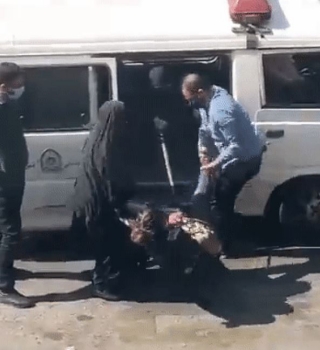
(Iranian woman being arrested for not wearing a hijab)
The UN High Commissioner for Human Rights (OHCHR) has launched an impartial investigation, saying it has received numerous videos in recent months of Iran's morality police arresting women for not properly hijabs over their face, beating them with clubs, taking them into custody, and driving them away in police vehicles.
Ali Vaez, head of the nonprofit Crisis Group, told New York Times, "The reason young people take such risks is because they have nothing to lose and no hope for the future."
https://www.nytimes.com/2022/09/26/briefing/iran-protests-mahsa-amini.html
The Iranian government is responding harshly to the protests. BBC reports that already 76 people have been killed and hundreds more arrested by security forces in the 11 days following the protests.
https://www.bbc.com/news/world-middle-east-63047363
―
Background to the hijab protests
―
In Iran, the hijab has become a symbol of women's rights.
Following the Iranian Revolution of 1979, it was made compulsory for women to wear the hijab, and segregation of men and women began. Before that, there was no strict legal requirement that women cover their hair and wear only modest “Islamic” dress.
"In the past, most women lived in rural areas and it was not possible to wear a hijab," Iranian scholar Esha Momeni told Associated Press. "I wore a casual head scarf as part of the traditional clothing rather than having a religious connotation.”
https://apnews.com/article/iran-middle-east-religion-7de9a98cc304922098a62dc9223986ad
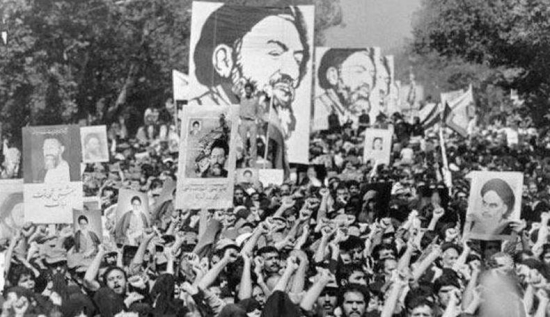
(Iranian Revolution of 1979)
On the contrary, there were times when the wearing of the hijab was prohibited. The hijab was officially banned in 1936, during the Pahlavi reign, which promoted Iran's modernization. This was similar to compulsory wearing of the hijab but in the opposite sense—women were not allowed to wear the hijab.
During the Pahlavi dynasty, there were many changes in Iranian women's rights. The minimum age for marriage for women was raised from 13 to 18, and the Family Protection Act was passed—quite progressive for the time. Women served as ministers, judges, and in parliament.
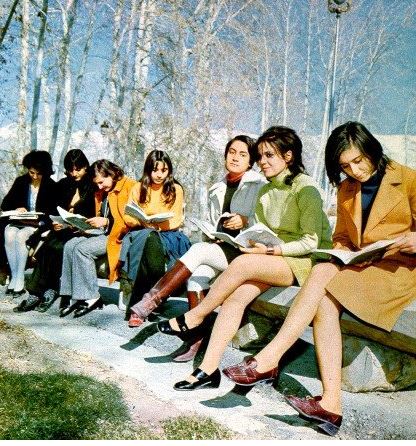
(Persian women in the 1970s)
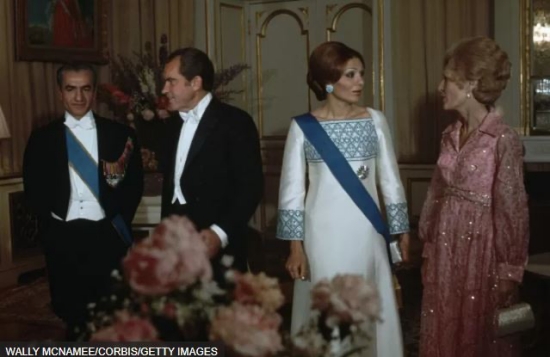
(Last emperor of Pahlavi dynasty welcomes President Nixon and the First Lady)
However, the Pahlavi dynasty, which had suppressed fundamentalists opposed to its reform policies, was banished in 1979 in the well-known Islamic Revolution.
The new government made it a crime to appear in public without a hijab; any woman doing so faced 74 floggings. Women's choice to wear the hijab was rescinded.
―
Why Iranian women are cutting their hair
―
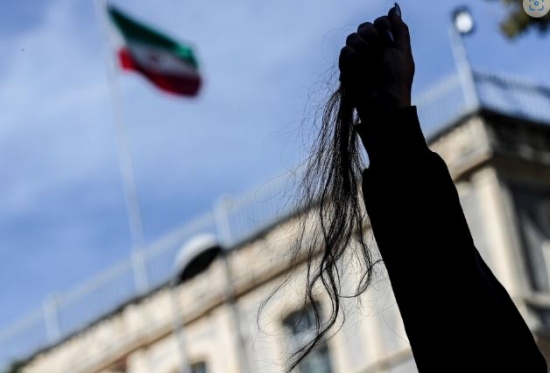
(Protester displays severed hair before the Iranian Consulate in Istanbul, Turkey. Source: Yonhap News)
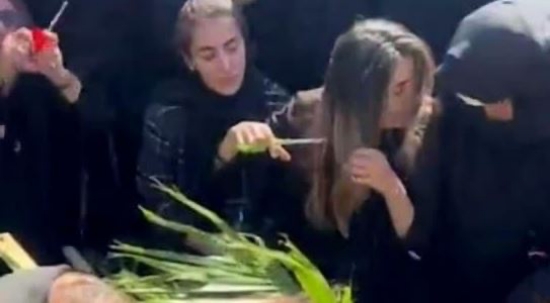
(Source: Downloaded from Twitter video that went viral)
British writer Shara Atashi told CNN that a woman cutting her hair is "an ancient Persian (now Iranian) tradition when the fury is stronger than the power of the oppressor."
He also introduced a long epic called Shahnameh, the most important literary work written in Persian over 1,000 years ago, recording that when the hero Shiabash was murdered, his wife Farangis and girls cut their hair to resist injustice.
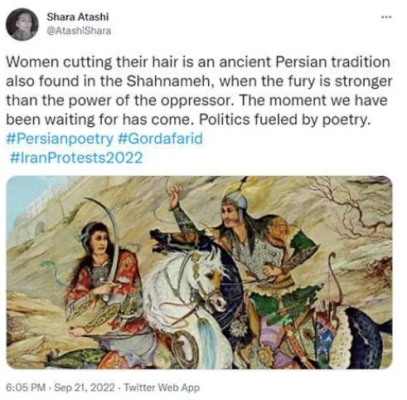
―
Iranian women should have the freedom to make a choice
―
This hijab protest raises a fundamental question: who wears the hijab and who makes the choice? Take a look at the photos below:
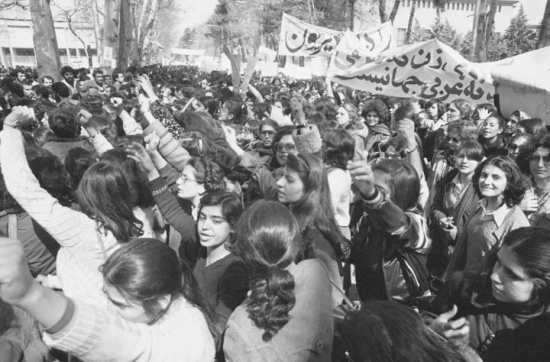
(Iranian women demonstrating for equal rights in 1979. Source: AP)
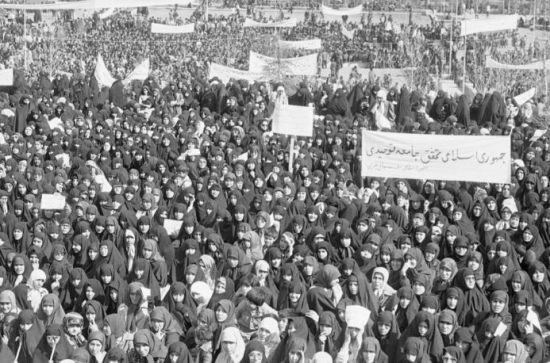
(Iranian women in favor of wearing hijabs in 1979. Source: AP)
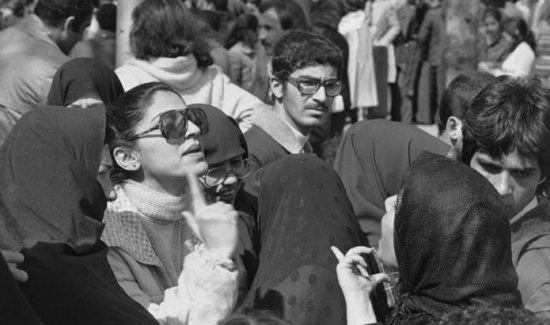
(Iranian women arguing in the heat of the 1979 equal rights protests. Source: AP)
In the BBC article mentioned earlier, Iranian-British journalist Rana Rahimpur said that, under the Pahlavi rule, women's lives were more independent, and there was a wide range of opinions about whether women's rights should be liberalized or not.
It could be said that Iran under the monarchy was a much more conservative and religious society than it is today, and religious women were more comfortable going out in a hijab.
The Associated Press reported, "Young Iranians view Amini's death under dubious circumstances as a symbol of human rights oppression."
Traditions and cultures ought to be respected in any society. But they should be neither repressed nor enforced just for the fact that they are traditions.
The right to choose to wear the hijab: Who will decide this? Let’s hope for the day when Iranian women will no longer have to cut their hair and burn their hijabs, risking their lives to make this point.
Written by Sharon Choi
Director of Planning
Sunhak Peace Prize Secretariat

